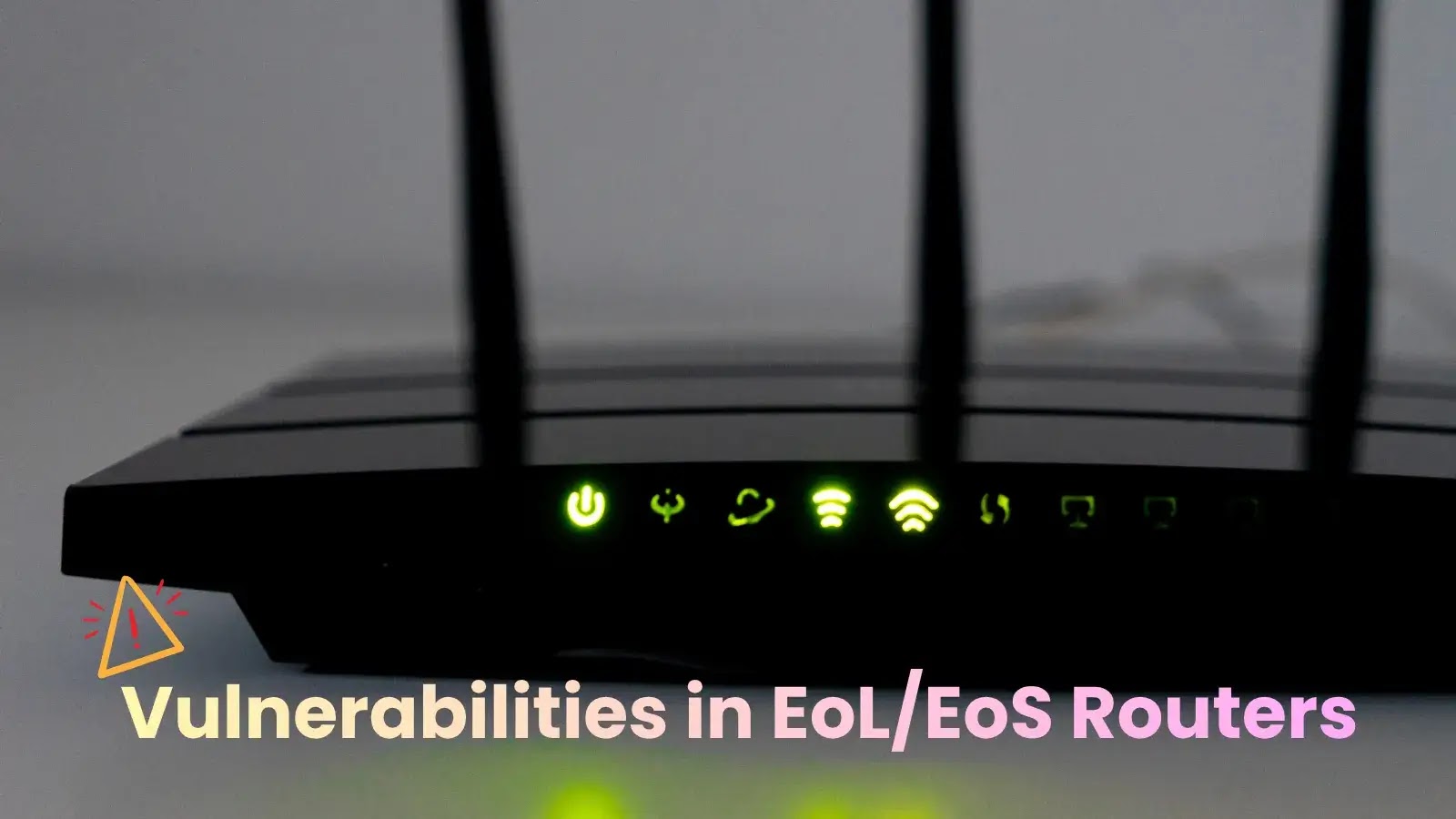
Multiple Vulnerabilities in D-Link EoL/EoS Routers Allows Remote Code Execution Attacks
The digital landscape is a constant battleground, and for many, the very devices meant to secure their networks can become their weakest link. Recent disclosures have brought to light critical vulnerabilities affecting D-Link DIR-878 routers, devices that have already reached their End-of-Life (EoL) and End-of-Support (EoS) status. These security flaws present a severe risk, allowing unauthenticated remote attackers to achieve complete control over affected routers. This analysis delves into the specifics of these vulnerabilities, their implications, and crucial remediation strategies for those still using these compromised devices.
The D-Link DIR-878: A Legacy of Vulnerability
The D-Link DIR-878 series of routers, once a staple for many home and small office networks, officially reached its End-of-Life on January 31, 2021. This means D-Link Corporation no longer provides security updates, firmware patches, or technical support for these models. For any connected device, EoL status immediately raises a red flag regarding ongoing security. Without vendor support, newly discovered vulnerabilities remain unpatched, transforming these devices into persistent security liabilities.
The current revelations underscore this precisely. Multiple critical vulnerabilities have been identified across all models and firmware revisions of the D-Link DIR-878. These aren’t minor bugs; they constitute severe security gaps that can be exploited without any prior authentication, leading directly to Remote Code Execution (RCE) attacks.
Understanding the Critical Vulnerabilities
While specific CVEs for all reported vulnerabilities were not immediately available in the source, the description indicates a classic scenario where unauthenticated attackers can leverage flaws to execute malicious code remotely. This level of access grants adversaries comprehensive control over the affected router. The implications are profound:
- Network Compromise: An attacker can gain a foothold within the local network, moving laterally to other connected devices.
- Data Interception: Traffic flowing through the router can be monitored, intercepted, or redirected, exposing sensitive information.
- Malware Distribution: The router can be weaponized to host malware, launch denial-of-service attacks, or participate in botnets.
- Configuration Tampering: Malicious actors can alter router settings, such as DNS servers, to redirect users to phishing sites or block legitimate traffic.
The lack of authentication required for exploitation makes these vulnerabilities particularly dangerous. Attackers do not need to guess credentials or exploit weak passwords; they can simply leverage the inherent flaws in the device’s firmware.
Remediation Actions: Securing Your Network
Given that these D-Link DIR-878 routers are EoL/EoS, there will be no official security patches. Therefore, the primary remediation strategy is to replace the device immediately. Relying on an unsupported router with known critical vulnerabilities is an unacceptable risk for any network. However, for those who cannot immediately replace the device, the following interim measures are critical, though they do not eliminate the risk entirely:
- Immediate Router Replacement: This is the most crucial step. Upgrade to a modern, actively supported router from a reputable vendor that regularly provides security updates. Prioritize models with strong security features and a good track record for timely patching.
- Isolate the Device: If replacement is delayed, physically disconnect the D-Link DIR-878 from your network. If it must remain online temporarily, move it to a segregated network segment (e.g., a VLAN) with strict firewall rules limiting its connectivity.
- Regularly Monitor Network Traffic: Implement network intrusion detection systems (NIDS) or security information and event management (SIEM) solutions to monitor for unusual traffic patterns originating from or targeting the router.
- Review Router Configurations: Ensure all default credentials have been changed. Disable any unnecessary services (e.g., UPnP, remote management from WAN).
- Firmware Check (Limited Value): While no new official updates exist, verify you are running the absolute last firmware version released by D-Link. This offers minimal protection against newly discovered flaws but ensures you’re not vulnerable to older, previously patched issues.
- Consider Alternative Firmware (Advanced Users Only): For highly technical users, some EoL devices can be flashed with open-source firmware like OpenWrt or DD-WRT. This is a complex process that voids warranties and carries its own risks, but it can provide ongoing security support. However, research compatibility and community support thoroughly.
Tools for Network Security Assessment
When dealing with potentially compromised or vulnerable network devices, several tools can assist in assessing network security and identifying potential threats. While these won’t patch the D-Link DIR-878, they can help in detection and overall network hygiene.
| Tool Name | Purpose | Link |
|---|---|---|
| Nmap | Network discovery and security auditing, port scanning. | https://nmap.org/ |
| Wireshark | Network protocol analyzer for deep packet inspection. | https://www.wireshark.org/ |
| Palo Alto Networks FQDN Monitor | Monitors for suspicious FQDN lookups, potentially indicating compromised devices. | https://www.paloaltonetworks.com/ |
| Various Vulnerability Scanners | Automated tools to identify known vulnerabilities in network devices. (e.g., OpenVAS, Nessus) | https://www.openvas.org/ |
Key Takeaways for a Secure Network
The situation with the D-Link DIR-878 routers serves as a stark reminder of several fundamental cybersecurity principles:
- Lifecycle Management is Critical: Always be aware of the End-of-Life and End-of-Support status of your network hardware. EoL devices pose significant, unpatchable risks.
- Prioritize Vendor Support: Choose networking equipment from vendors with a strong commitment to long-term security support and timely vulnerability patching.
- Proactive Replacement: Do not wait for a critical vulnerability disclosure to replace EoL equipment. Plan for upgrades well in advance.
- Layered Security: Even with a secure router, implement other security measures like firewalls, intrusion detection, and strong endpoint protection.
Ignoring the security posture of network infrastructure devices like routers is a common pitfall. The current vulnerabilities in D-Link DIR-878 routers highlight the urgent need for a proactive approach to network hardware lifecycle management to maintain a robust and secure digital environment.





